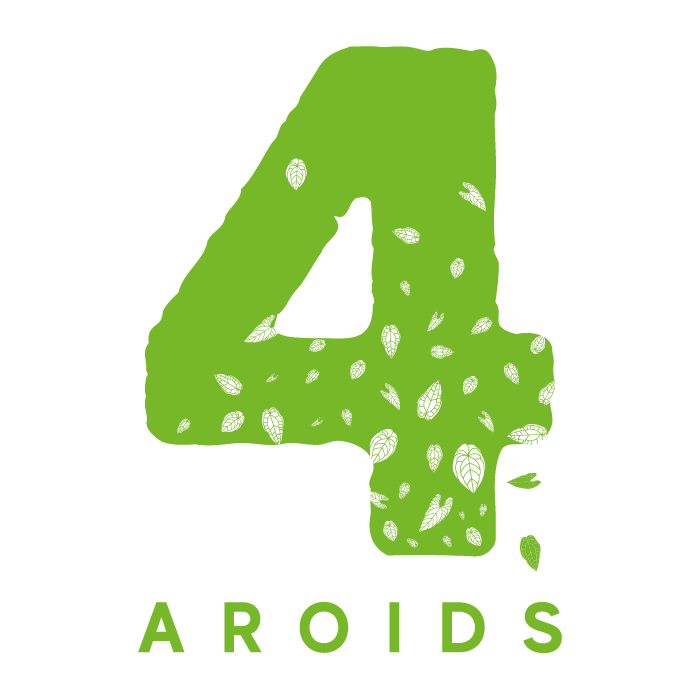Anthurium crystallinum is an anthurium species from the section Cardiolonchium, described by Linden & André in 1873, which is native to Colombia and Panama. The original botanical description is based on a collection of Wallis from an area called "Nueva Grenada", which is now believed to be in Colombia. This plant was cultivated by Linden in Brussels in 1873. This plant can also be seen in contemporary images, which can also be found on the Internet today.
A synonymous, although much less frequently used name is Anthurium killipianum L. Uribe.
There are other collections, such as that of JP Folsom in 1977 at Cerro Pirre (Darién, Panama), which were initially assigned to this species. What seems interesting here is that the collected plant has a very wide sinus.
Also worth mentioning is a collection by Dr. Fairchild, which is also said to have been taken near Cerro Pirre and was cultivated at the University of Hawaii. This appeared morphologically closer to the original description by Linden & André, but in addition to the slightly wavy edge it had a sinus that was approximately one centimeter closed. Experts believe this is possible because other plants identified as Anthurium crystallinum also show a partially closed sinus, especially under stress. This is not necessarily a sure indication of hybridization with Anthurium forgetii .
There are no contemporary collections from Colombia that correspond to the illustration from 1873.
In the description , Anthurium crystallinum is described as an epiphytic plant with a trunk up to 25 centimeters long and egg-shaped leaves that taper to a point. The base is deeply lobed, meaning the lobes form a narrow sinus. The petiole can have red-violet tints. The texture of the leaf is described as moderately thin and velvety. The color is dull green, all the main veins and some secondary veins are accompanied by a pale outline on the front. The veins are slightly raised at the base and slightly sunken towards the tip of the leaf. The inflorescence is just up. The trunk is sometimes tinged with red-violet. The elongated, lance-shaped flower sheath (spathe) also has greenish to strongly reddish-purple tints. The bulb is initially green and then turns yellow. The berries are crimson to violet with white parts.
Overall, it can be noted that this description applies both to plants that we know today under the name Anthurium crystallinum , but is also largely applicable to plants that are referred to in trade and in horticulture as Anthurium besseae aff . It is assumed that the younger collections mentioned above may not have been Anthurium crystallinum in the strict sense, but rather a closely related species. For a critical discussion of this topic, see also our article on Anthurium besseae aff.
The fact that Anthurium crystallinum that was considered pure is again available on the market can be attributed to the fact that large South American suppliers offered it in its pure form again a few years ago. In addition, offspring of pure Anthurium crystallinum were brought onto the market by Jay Vannini under the name Anthurium crystallinum 'ex Antioquia' with reference to their origin. It is assumed that most of the previously circulating Anthurium crystallinum were hybrids with, for example, Anthurium magnificum or Anthurium regale in various forms and complexity, and pure Anthurium crystallinum were very rare up to this point.

Leave a comment
This site is protected by hCaptcha and the hCaptcha Privacy Policy and Terms of Service apply.